- Call us: 01444 237070
- Contact Us
- Stores
- Sign In / Register
-
- Back
- Used Cameras
- Used Accessories
- Used Lenses
- Used Video
- Used Film Equipment
- Used Stock Alert
- Used Blank Test
- Sell or Part Exchange
- Used Clearance
- Recently Added Used Equipment
- Park Picks
- All Used Black Friday Deals
- Faulty
- Trade-In
- Blog
- New in
- Call us
- Contact us
- Stores
- Sign in
- Categories
- Tips & Inspiration
- Reviews
- News
- Events
- Features
- Buying Guides
- Competitions
Canon EOS R3 vs EOS 1D X Mark III
With the release of the latest professional full frame mirrorless EOS R camera we thought we’d compare key specs of the Canon EOS R3 vs EOS 1D X Mark III to see if it’s time to switch. We have sample images, discuss RF lenses, accessories, our own video review with so much to get excited about.
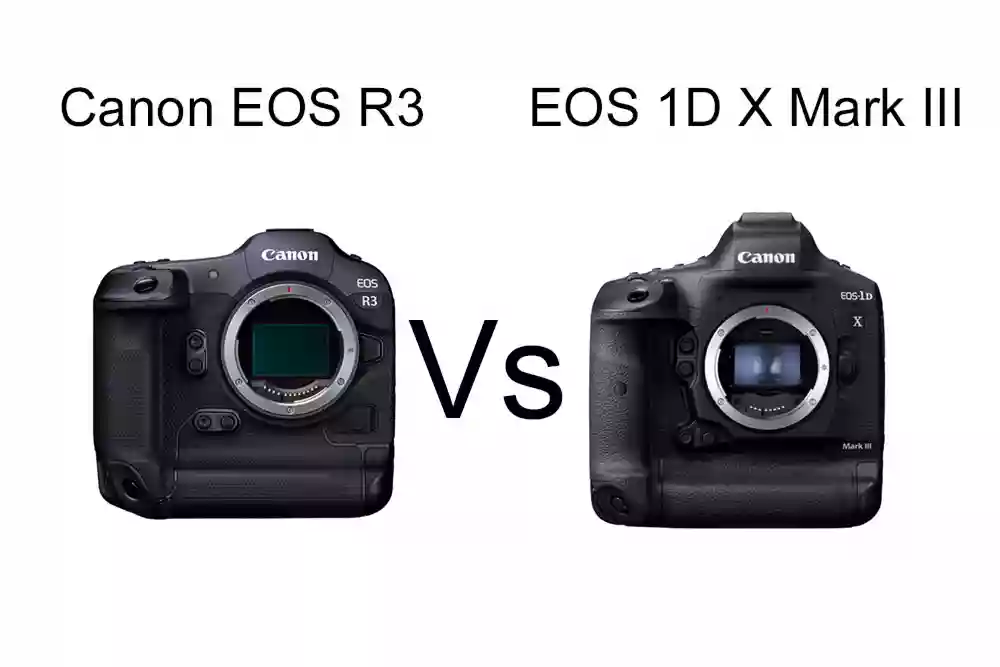
Old Skool vs New (DSLR vs Mirrorless)
The debate we sometimes hear about pros moving from DSLR to mirrorless has been going on for some time now. A handful of reasons stopping some working photographers from moving to newer mirrorless technology have been:
- Availability of native pro RF lenses
- Pro sized grip with intuitive handling
- EVF blackout / refresh rate and overall quality against optical viewfinders
- AF reliability
- Robust build quality
- Connectivity for file sharing
- Battery life

Sample Image 1: R3 with RF 24-70mm f/2.8 L IS USM at 59mm. 12 sec. f/5.6. ISO 100
The EOS R3 and EOS 1D X Mark III are the two high speed bodies aimed at professionals shooting sports, action, wildlife and news. Both are at the very pinnacle of their respective technologies, with DSLR’s having been around since 1987 and mirrorless since just 2018. But in 2020 Canon released the EOS R5 which revolutionised their mirrorless line-up by bringing a number of world first technologies into the hands of enthusiasts. Not least was the 8K and 4K 120p video capability alongside 8-stop combined IS. But the R5 isn’t aimed at high speed shooting, although it does address a number of concerns with mirrorless capabilities. Enter the new flagship EOS R3 to a drum roll please...

Sample Image 2: R3 with RF 600mm f/4L IS USM at 600mm. 1/2000 sec. f/4. ISO 100
EOS R3 shake down
With the release of the EOS R3 Canon is hoping to address all of the concerns pros have about switching to mirrorless, and then some. They are pitching the R3 as the definitive body, which can do everything the DSLR can. And do it bloody well too. Better than the shooter next to you using a DSLR. That means you’ll get the shot and you’ll get it first. So let’s compare specifications and see how they stack up on paper.
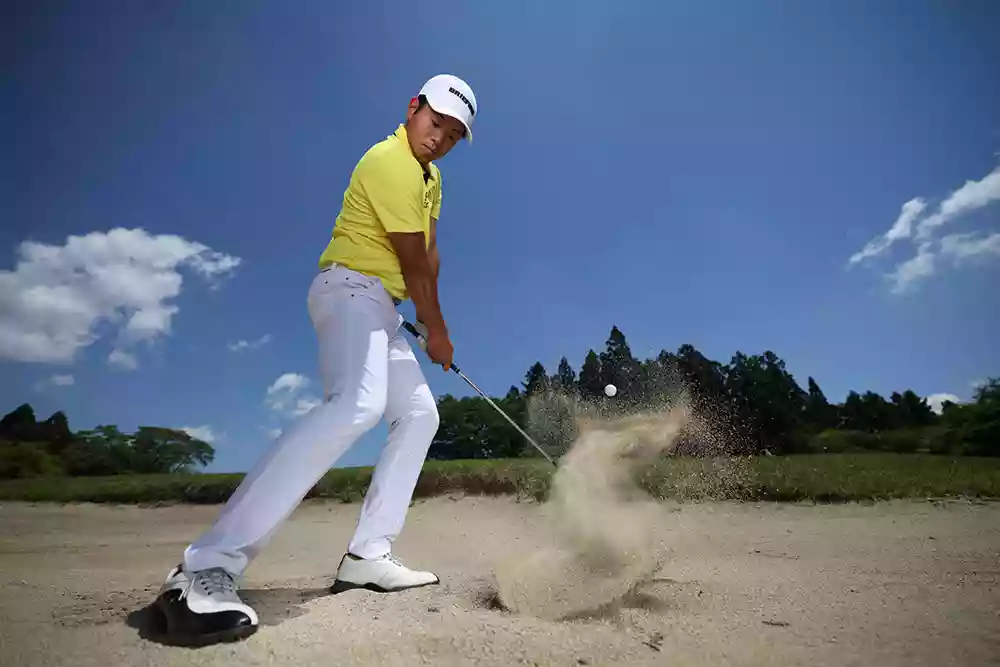
Sample Image 3: R3 with RF 15-35mm f/2.8L IS USM at 15mm. 1/66000 sec. f/2.8. ISO 1600
Canon EOS R3 vs EOS 1D X Mark III Specifications
|
|
Canon EOS R3 Mirrorless |
EOS 1D X Mark III DSLR |
|
Sensor |
36 x 24 mm CMOS Stacked, back-illuminated sensor |
36 x 24 mm CMOS sensor |
|
Resolution |
24 megapixels |
20 megapixels |
|
Processor |
DIGIC X |
DIGIC X |
|
Shutter type / speed |
Electronically controlled focal-plane shutter and Electronic shutter function in sensor Mechanical: 30-1/8000 sec (1/2 or 1/3 stop increments), Bulb Electronic: 30-1/64000 |
Vertical-travel mechanical focal-plane shutter, electronically controlled at all speeds / Sensor Electronic shutter 30 - 1/8000 sec. (1/3 stop increments) |
|
Continuous Shooting Mechanical / Electronic |
Max. Approx. 12 fps. with Mechanical shutter / 1st curtain electronic speed maintained for 1000+ JPEG or 1000 RAW images. 30 FPS with electronic shutter speed maintained for 540 JPEG or 150 RAW images |
Max. Approx. 16ps. Max. 20fps in Live View mode with mirror locked up with exposure and AF tracking (speed maintained for unlimited number of JPEGs or over 1000 RAW images) |
|
ISO range |
100-25600 (in 1/3-stop or whole stop increments). H: up to 102400 |
100-102400 (in 1/3-stop increments) ISO can be expanded to H1: 204800, H2: 409600, H3: 819200 |
|
Body IS |
Up to 8-Stop |
N/A |
|
AF system |
Dual Pixel CMOS AF II |
Dual Pixel CMOS AF TTL secondary image-forming phase-difference detection using AF-dedicated sensor |
|
Auto AF Point Selection |
1053 Available AF areas when automatically selected |
191 point AF (inc face tracking and Eye AF) |
|
Eye Control AF |
YES. Select focus points or subjects to track simply by looking at them |
N/A |
|
Subject AF tracking |
Humans, Animals (Dogs, Cats and Birds) or Vehicles (Racing cars or Motor bikes) |
Humans |
|
LCD screen |
Fully articulated, 8.2cm, 4,200,000-dot touch screen |
3.2" (8.01cm) TFT, approx. 2.1million dots |
|
Viewfinder |
Blackout-free 5,760,000-dot electronic viewfinder with 120fps refresh rate and 100% coverage |
Pentaprism Approx. 100% |
|
Multi-Function accessory shoe |
YES |
N/A |
|
Movie resolutions |
6K DCI / 60p RAW, 4K UHD / 120p |
5.5k RAW, 4K RAW / 60p |
|
Canon log |
Yes, Canon Log 3 |
Yes, Canon Log 3 |
|
Connectivity, Computer, WiFi |
SuperSpeed USB 3.2 Gen 2 USB C connector Wireless LAN (IEEE802.11a/b/g/n/AC) (5 GHz /2.4 GHz)12, with Bluetooth 5.0 support Features supported - EOS Utility, Smartphone, Upload to image.canon, Wireless printing HDMI mini out (Type D, HDMI-CEC compatible), External Microphone In/Line In (Stereo mini jack), Headphone socket (Stereo mini jack), N3-type terminal (remote control terminal) |
USB 3.1 Gen 2 (PTP) USB 3.1 Gen 2 (PTP) Wireless LAN (IEEE802.11b/g/n) (2.4 GHz only), with Bluetooth support [5] Features supported – FTP/FTPS, EOS Utility, Smartphone. HDMI (mini), External microphone (Stereo mini jack) Headphone Jack, RJ-45, N3 remote release terminal, Flash PC connector |
|
Voice Memo |
YES |
YES |
|
Battery / life |
Rechargeable Li-ion Battery LP-E19 (supplied) With LCD Approx. 860 shots With Viewfinder Approx. 620 shots |
Rechargeable Li-ion Battery LP-E19 (supplied), LP-E4N. 2,850 shots (viewfinder shooting) and 610 shots (Live View) |
|
Storage type |
1x SD/SDHC/SDXC and UHS-II |
|
|
Weight Body Only |
Approx. 822 g |
Approx. 1250 g |
The king is dead. Long live the king
So this is not every specification from these two heavyweights, (or lightweight in the case of the R3)! Rather these specs outline many of the main concerns with moving to the new mirrorless and we can see there is indeed a new king in virtually every respect. Canon has broken all of the boundaries and is showing professional users that it is indeed time to switch, or at least get ready to switch. (We’ll talk about lenses in a minute.) For now here’s a summary of how you can expect the EOS R3 to absolutely knock your socks off:
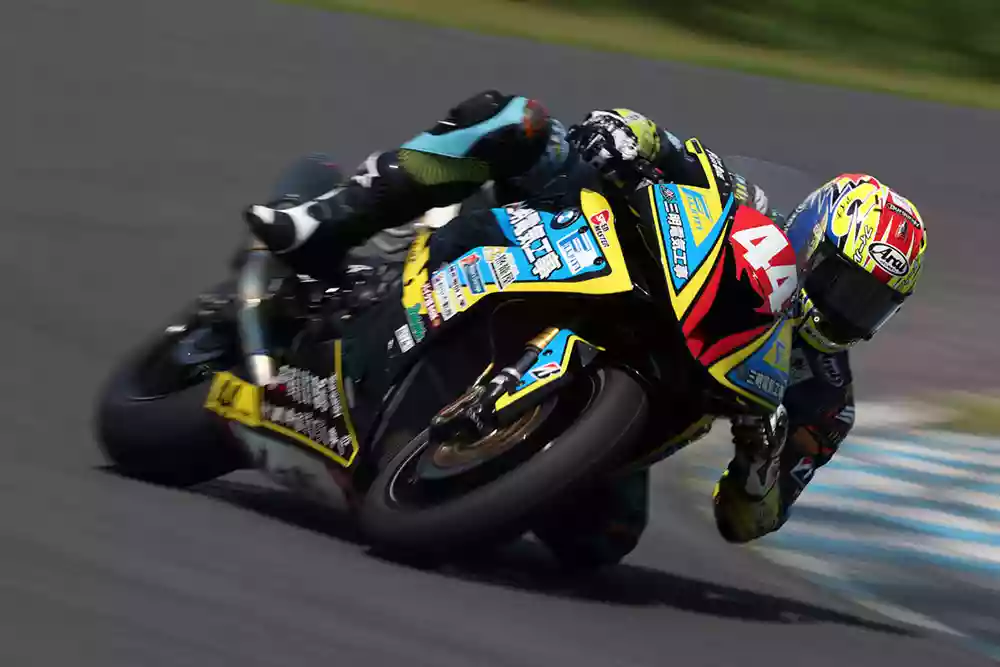
Sample Image 4: R3 with RF 100-500mm L IS USM at 500mm. 1/60 sec. f/22. ISO 100
- It has the first ever Canon developed Stacked, back-illuminated sensor. And it has a fast, very fast readout speed. You can wave goodbye to rolling shutter.
- It has a 20% higher resolution. Enough pixels while still being quick files to transfer.
- It can shoot faster at up to 1/64000 (see the sample image at this speed).
- It has a better LCD in every respect with full articulation and the EVF is blackout-free and has an absolutely blistering fast refresh rate with smooth panning capabilities.
- The EOS R3 will shoot at a blistering 30fps in electronic shutter mode. That is movie frame rate speed at 24MP and it sounds incredible when you hear it with no mirror slap, just raw power.
- The IS works incredibly well. You will be amazed that you can actually achieve 8-stops with the right lenses.
- Dual Pixel CMOS AF II brings about a host of advantages including speed, accuracy and new subject type tracking. It’s almost as though you don’t have to worry about focus, just your composition and the shot. It really is that good and works with motorsports helmets, bird eyes and more. What’s more you get 1053 Available AF areas when automatically selected with 100% sensor coverage, every pixel is covered.
- Eye control AF? AF based on where you are looking? Sounds like a gimmick right. Yes it does, but no it is not. The system is new, although Canon tried a similar approach before with the EOS 5 film camera, in 1992! Check it out here in the Canon museum. Eye control AF is actually incredibly effective and works by looking at your subject, then half depressing the shutter and bingo, the camera starts tracking. It works with all of the subjects the camera can handle, from motorsports to animals and humans. Welcome to the future of focusing and thank you Canon for a truly groundbreaking focusing idea.
- A multifunction accessory shoe sounds nice, but is it worth it? The short answer is yes. The new hot shoe on Canon cameras will allow you to add accessories which don’t need cables and don’t need batteries. Smaller, lighter and smarter. You can already get the new Speedlite Transmitter ST-E10, stereo microphone DM-E1D and shoe adapter AD-E1, with more accessories relatively soon no doubt.
- Video is becoming more prevalent for professionals to capture and both cameras offer excellent movie capabilities, with high quality in-camera RAW, but the EOS R3 wins again with 6K RAW and 4K 120p available without limit and without overheating.
- If you need to get your files off to the desk asap the EOS R3 wins hands down, with USB-C, 5G, and more inputs than you can shake a stick at. It is designed to get your files out as fast as possible and make your editor very happy indeed.
- One bit of very good news is that you can use your existing LP-E19 batteries, which will save a few quid when you upgrade. The downside is a significant hit on durability if you shoot mainly with optical viewfinder on the 1D X, which gets you 2,850 shots. That beautiful EVF uses some power, but we think you will grow to love it.
Pro RF lenses and what to do with your glass
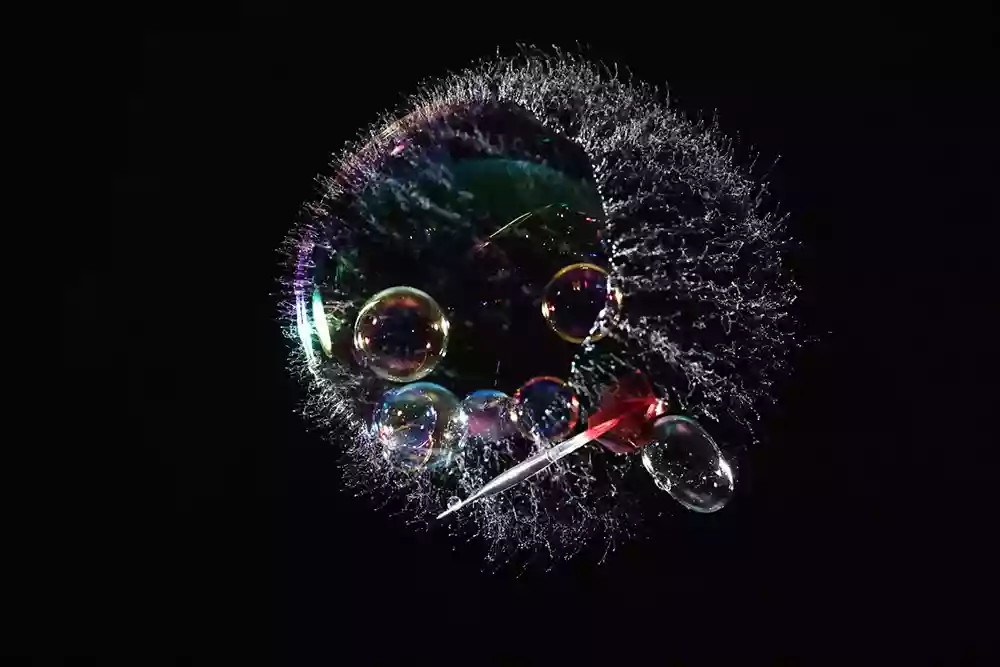
Sample Image 5: R3 with RF 70-200mm f/2.8L IS USM at 200mm. 1/66000 sec. f/5. ISO 512000
Firstly it is absolutely possible to shoot with your EF lenses. However you might well want to switch over relatively quickly. RF lenses are designed to work in unison with the stabilisation system, the AF system and are typically smaller and lighter while offering the same and often even better optical quality than their DSLR counterparts. You can get various converters to use existing EF lenses, including the following:
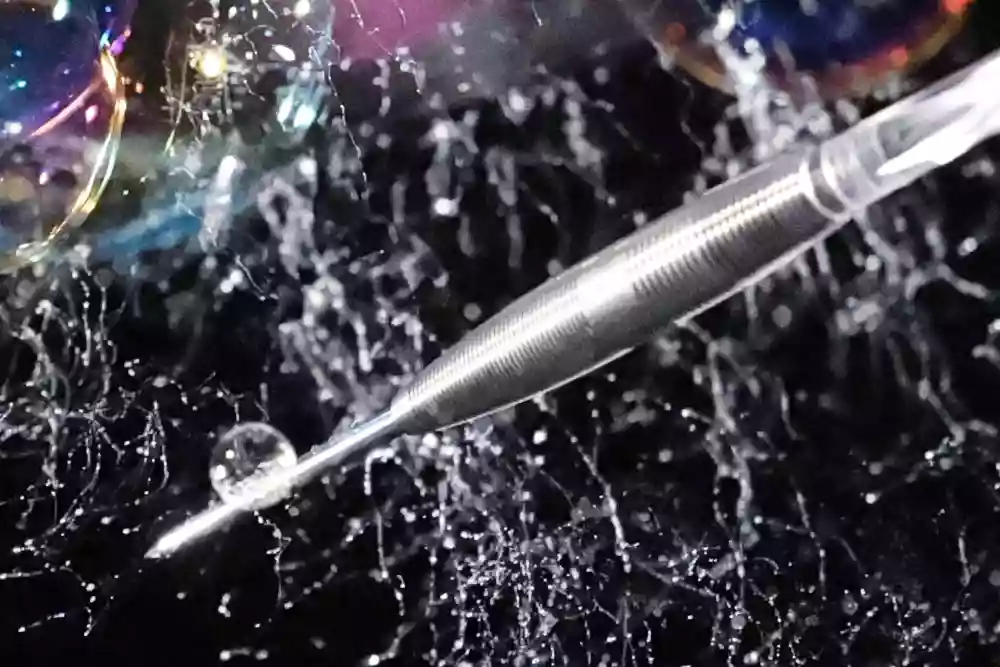
100% crop of image above. WOW!
- EF TO EOS R Adapter (standard)
- EF TO EOS R Adapter with control ring
- EF TO EOS R Drop in CPL filter Adapter
- EF TO EOS R Drop in VND filter Adapter
In terms of native RF lenses, just about every pro focal length is now available from Canon. We have the holy trinity of f/2.8 lenses taking you from 15mm through to 200mm. There’s a pair of super telephoto primes with the RF 400mm f/2.8 and RF 600mm f/4, both of which work with the RF 1.4x and RF 2x extenders. Currently, Park Cameras have over 25 native full frame RF lenses and adapters including some beautiful specialist glass like the amazing RF 100mm f/2.8L Macro IS USM, the RF 85mm f/1.2L USM (and a defocus version), as well as a beautiful 50mm f/1.2 prime lens. Whatever your niche, however far away your subjects are, there is definitely a native lens available today.
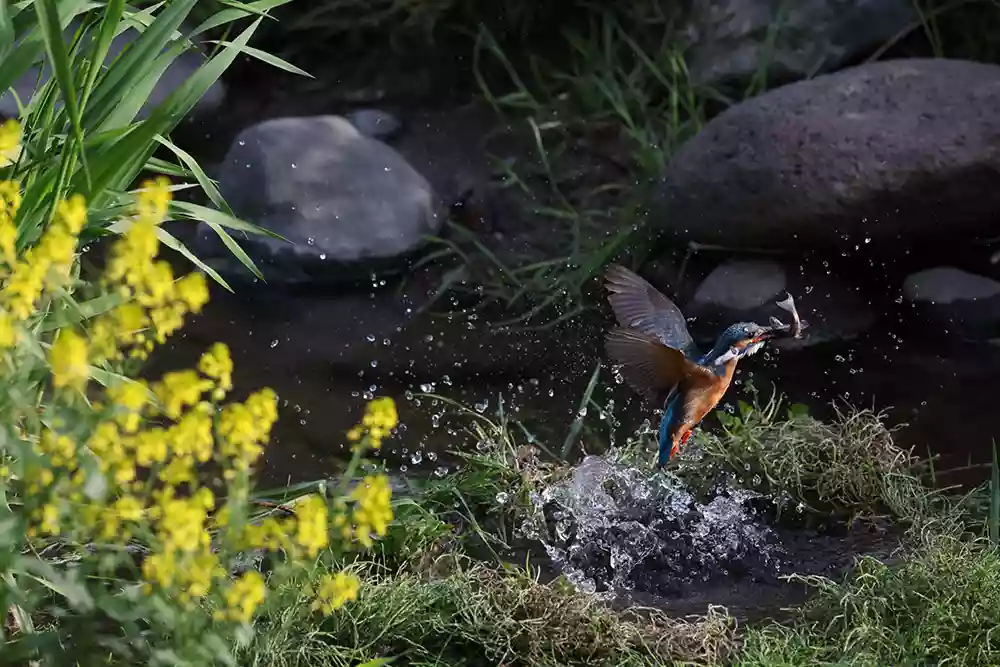
Sample Image 6: R3 with RF 100-500mm L IS USM at 300mm. 1/5300 sec. f/7.1. ISO 5000
Video Review
Summary
Whether you are an existing Canon DSLR or EOS R mirrorless photographer working with high speed subjects, wildlife or simply want to shoot fast, there has never been a more compelling option available. Canon has really pulled out all of the stops with their recent mirrorless releases. Firstly the release of the R5 (and EOS R6) and now, this new high speed R3. The R3 is an almighty beast while remaining lightweight and of course bringing pro-level weather sealing. It has a built-in grip with familiar ergonomics, excellent build quality and it offers an upgrade in virtually every respect when compared to its DSLR counterpart.

Another 100% crop of the sample image above
Perhaps it really is time to think about switching or upgrading. Whatever you decide to do we hope you enjoyed this comparison and found it useful. If you want to convince yourself further, why not pop down to one of our stores and take any equipment for a test run so you can see just how good this camera and the RF lenses are first hand. We think you’ll be absolutely blown away.
We have some recent articles about some of the glass available for the full frame mirrorless system, why not take a peek:
- Canon RF 100mm f/2.8L Macro IS USM Lens review
- Canon’s RF 600mm f/4L IS USM and RF 400mm f/2.8L IS USM super telephoto lenses
- The Canon RF 70-200mm f/4L IS USM and RF 50mm f/1.8 STM lenses
- 3 RF Super Telephoto Lenses (600mm, 800mm and 100-500mm)
Share this post:
By Nick Dautlich on 14/09/2021
Nick Dautlich
Senior Content Writer and Product Reviewer
Nick Dautlich is the Senior Content Writer and Product Reviewer at Park Cameras, with over 15 years of photography experience. A Sony Imaging Professional and expert reviewer, Nick has worked with major brands such as Canon, Sony and Nikon. His work is also featured on Vanguard World UK’s website, Capture Landscapes, and Shutter Evolve. Nick’s photography includes National Trust projects and magazine covers and he is passionate about landscapes and storytelling. Nick also enjoys hiking and teaching his children about nature. Learn more on his profile page.

Trade in your old equipment
Fast and easy trade in service ensures your old gear is collected efficiently and you are paid quickly! It's very simple to trade in your unwanted photography gear. Just head over to our dedicated Sell or Part Exchange page, fill out the details, and we'll get back to you with an offer for your old gear. Take the cash, or put it towards the cost of your new gear. It's up to you! Find out more
sign up to the newsletter
Keep up to date on the latest photography news, events and offers. Sign up now